The realm of exotic freshwater fish is a vibrant tapestry of life, teeming with a multitude of species each more fascinating than the last. These aquatic marvels, ranging from the flamboyant Discus to the enigmatic African Cichlids, offer a glimpse into the extraordinary diversity of nature.
In this exploration, we delve into the captivating world of exotic freshwater fish, uncovering their unique characteristics, historical significance, and the intriguing challenges of keeping these underwater treasures in home aquariums.
Historical Context
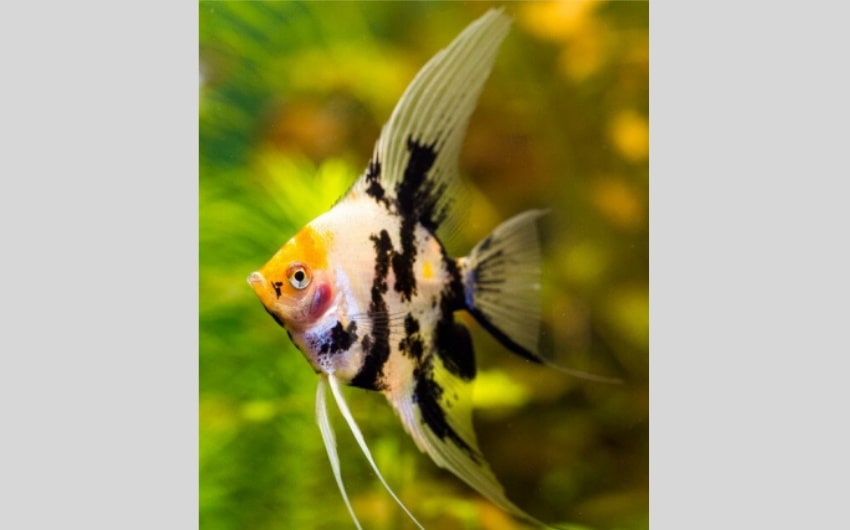
Image source: Pinterest
The fascination with exotic freshwater fish is not a modern phenomenon but a journey that traverses through centuries of human history. This enchantment began with the earliest civilizations, where keeping fish in ponds and gardens was a symbol of wealth and sophistication.
Ancient Egyptians, for instance, were known to have kept fish in ponds, while the Romans constructed elaborate marine and freshwater aquariums, a testament to their engineering and biological understanding.
In the East, particularly in China, the art of breeding and keeping fish like the Koi and Goldfish was refined over generations, symbolizing good luck and prosperity. These practices were deeply rooted in cultural and religious beliefs, elevating the status of fish-keeping from a mere hobby to an integral part of their societal fabric.
The Renaissance era brought with it a renewed interest in the natural world, leading to more scientific approaches to keeping and studying fish. The advent of glass panes in the 19th century revolutionized fish-keeping, allowing for the creation of the first true aquariums, which offered a clearer view of the aquatic life within.
This period marked a significant shift from outdoor ponds to indoor aquariums, laying the groundwork for the modern-day hobbyist’s practice.
As explorations and scientific understanding deepened in the 19th and 20th centuries, so did the variety of exotic freshwater fish in aquariums. With this, the Western world saw a surge in the popularity of keeping exotic species, driven by advancements in aquarium technology and a growing fascination with the mysteries of aquatic life.
Throughout history, the keeping of exotic freshwater fish has been a reflection of human curiosity and an enduring connection with nature. It has evolved from a symbol of status to a widespread hobby, enriched by cultural, scientific, and technological advancements.
10 Types of Exotic Freshwater Fish
1. Discus (Symphysodon)

Image source: Pinterest
Hailing from the Amazon River basin, Discus are celebrated for their stunning, vivid colors and distinctive disc-shaped bodies. They are often referred to as the ‘kings of the aquarium’ due to their majestic presence and diverse color patterns.
2. Bettas (Betta Splendens)
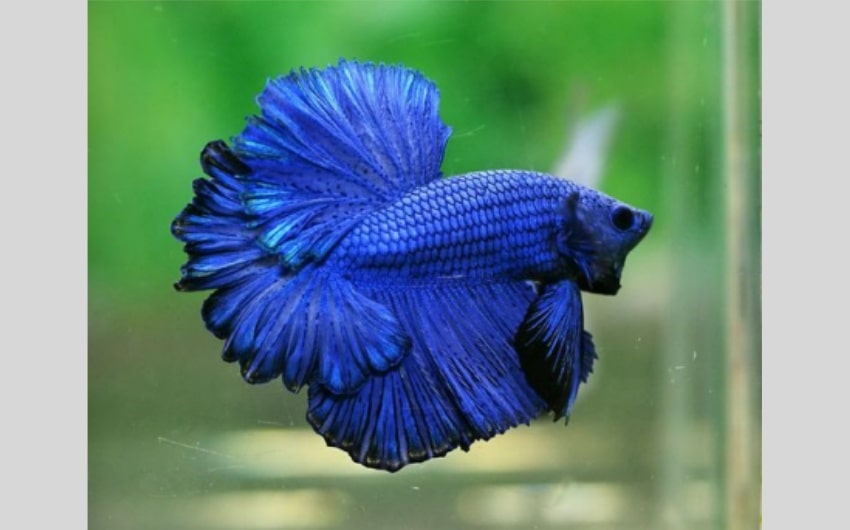
Image source: Pinterest
Native to Southeast Asian waters, Bettas are renowned for their remarkable finnage and striking colors. Known for their aggressive behavior, they require specific care, especially in keeping males separate to prevent fights.
3. African Cichlids
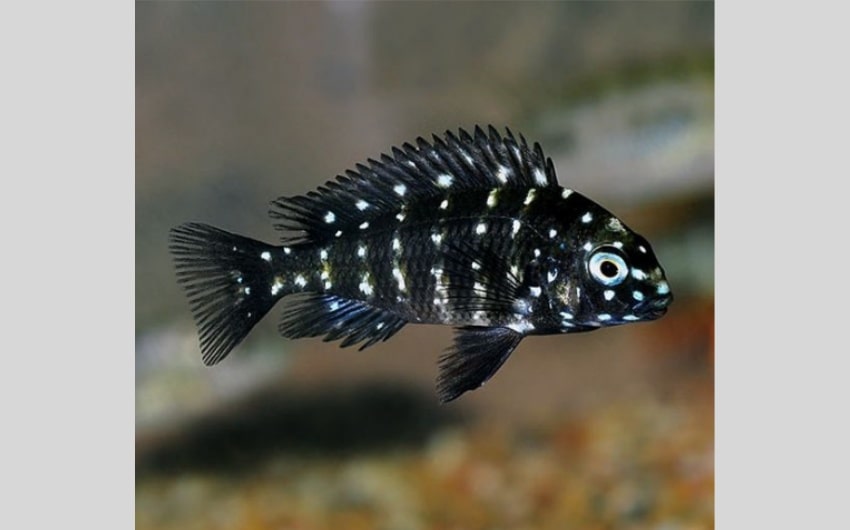
Image source: Pinterest
Originating from various lakes in Africa, notably Lake Malawi and Lake Tanganyika, these fish are treasured for their bright colors and fascinating behaviors. Their diverse species exhibit a range of social structures, breeding strategies, and dietary habits.
4. Angelfish (Pterophyllum)
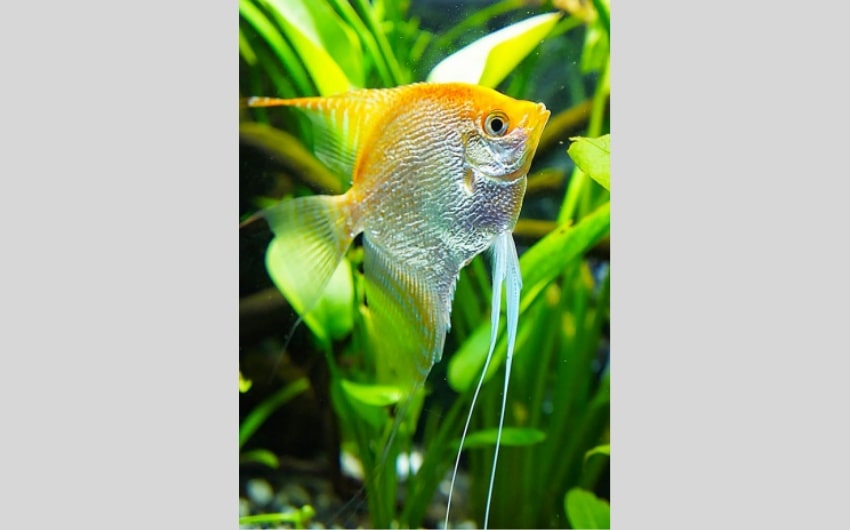
Image source: Pinterest
These elegantly finned fish from the Amazon Basin are known for their graceful movements and triangular bodies. Angelfish are social creatures and can be kept in groups, making them a popular choice for community tanks.
5. Arowana (Osteoglossidae)
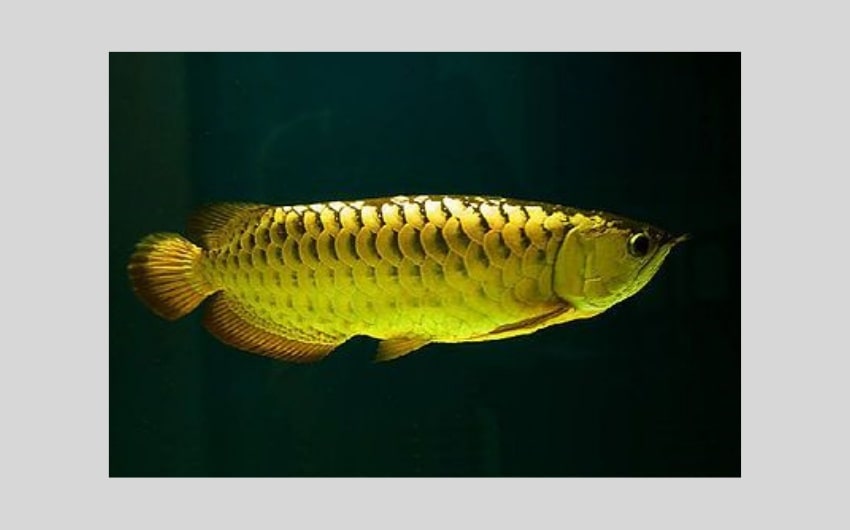
Image source: Pinterest
Often called the ‘dragon fish’, Arowanas are large and powerful surface-dwelling fish. Their prehistoric lineage and impressive size, coupled with a metallic sheen, make them a highly sought-after species for aquarium enthusiasts.
6. Neon Tetra (Paracheirodon Innesi)

Image source: Pinterest
Small in size but significant in appeal, Neon Tetras are famous for their iridescent blue and red stripes. They are schooling fish, creating a visually stunning effect when kept in groups in a planted aquarium.
7. Gourami (Osphronemidae)

Image source: Pinterest
This diverse family includes many popular aquarium fish known for their unique labyrinth organ, allowing them to breathe atmospheric air. Species range in size and color, with some like the Dwarf Gourami being particularly favored for their vibrant hues.
8. Oscar Fish (Astronotus Ocellatus)

Image source: Pinterest
Native to South America, Oscars are recognized for their intelligence and personality. They can grow quite large and are known for their varied, often striking color patterns and interactive behavior.
9. Plecostomus
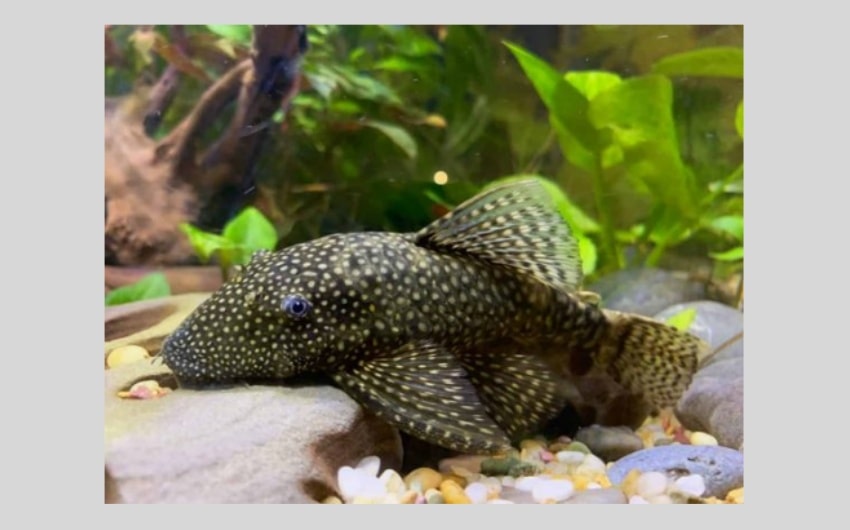
Image source: Pinterest
Commonly referred to as ‘Plecos’, these are armored catfish known for their algae-eating habits. They play a vital role in keeping aquariums clean and are fascinating for their suckermouth and ability to cling to surfaces.
10. Flowerhorn Cichlid
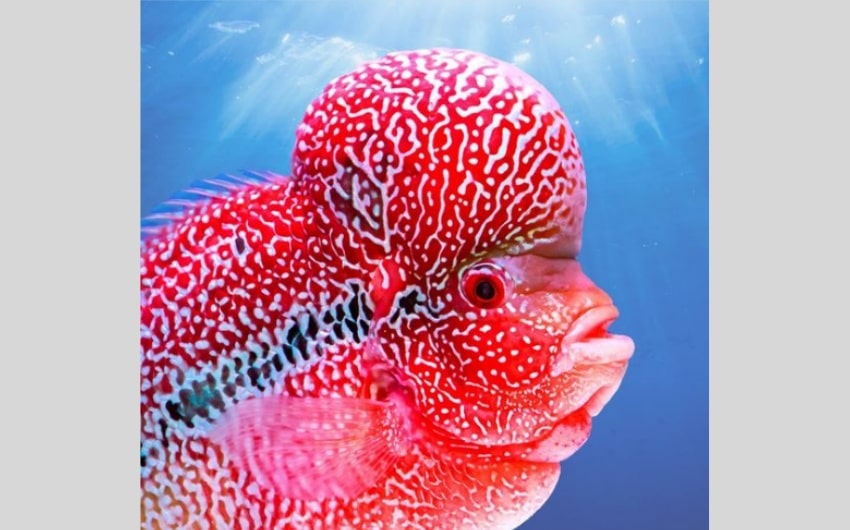
Image source: Pinterest
A man-made hybrid, the Flowerhorn is celebrated for its vivid coloration and the distinctive bulbous hump on its head. Known for their playful personalities, Flowerhorns have a dedicated following among aquarists.
Aquarium Setup and Maintenance

Image source: Pinterest
Creating a thriving environment for exotic freshwater fish involves careful planning and regular upkeep:
- Aquarium Size and Type: Choose a tank size that suits the specific needs of the fish, considering their size and activity level. For instance, Angelfish prefer tall tanks, while active fish like Neon Tetras need longer tanks.
- Water Quality: Regularly test and adjust the water parameters like pH, ammonia, and nitrate levels to meet the specific needs of each fish species. This is crucial for their health and wellbeing.
- Temperature Control: Maintain the appropriate temperature for the specific type of fish, using a reliable heater and thermometer, especially for tropical species.
- Filtration: Implement a suitable filtration system to keep the water clean and oxygenated. The choice of filter depends on tank size and fish type.
- Aquascaping: Mimic the natural habitat of the fish with substrates, plants, and decorations. This includes providing hiding spaces and ensuring the environment is stimulating for the fish.
- Lighting: Use appropriate lighting to support the health of the fish and any live plants in the aquarium. Adjust the intensity and duration to suit the tank’s inhabitants.
- Feeding Practices: Establish a feeding area and schedule, ensuring a varied diet that meets the nutritional needs of the fish.
- Regular Maintenance: This includes water changes, tank cleaning, equipment checks, and plant trimming to maintain a healthy environment.
- Observation: Regularly observe the fish for any signs of stress or illness, as early detection is key to addressing health issues.
In summary, a well-maintained aquarium that caters to the specific needs of exotic freshwater fish is essential for their health and longevity. It’s a balance of the right habitat, water quality, diet, and diligent care.
Diet and Nutrition

Image source: Pinterest
Proper diet and nutrition are critical for the health and vitality of exotic freshwater fish:
- Varied Diet: Different species require different diets. Carnivorous fish like Oscars need a protein-rich diet, while herbivorous species like Plecostomus thrive on algae and vegetable matter. Omnivorous fish, such as Discus, benefit from a mix of both.
- Quality of Food: Use high-quality commercial foods as the base of the diet, supplemented with fresh, frozen, or live food for variety and nutritional completeness.
- Feeding Frequency and Amount: Overfeeding is a common issue. Feed small amounts that the fish can consume in a few minutes, typically once or twice a day. The frequency and quantity should be adjusted based on the fish’s species, size, and age.
- Special Dietary Needs: Some exotic species have specific dietary requirements. For example, African Cichlids may require foods with higher vegetable content to mimic their natural diet and prevent health issues.
In summary, a balanced and species-appropriate diet is essential for maintaining the health and well-being of exotic freshwater fish. Regularly varying their diet and monitoring their feeding habits are key to ensuring their nutritional needs are met.
Breeding and Conservation

Image source: Pinterest
Breeding exotic freshwater fish and their conservation are closely linked aspects:
- Understanding Species-Specific Breeding Behavior: Breeding practices vary widely among different species. Knowledge of specific breeding behaviors, environmental triggers, and nesting preferences is crucial for successful breeding.
- Creating Optimal Breeding Conditions: This involves replicating natural conditions in the aquarium, such as temperature changes, providing breeding substrates, and ensuring proper nutrition.
- Conservation Efforts: Responsible breeding includes maintaining genetic diversity and can aid in conservation efforts, particularly for endangered species. Aquarium hobbyists can contribute to these efforts by participating in captive breeding programs.
- Awareness and Education: Educating the public about the natural habitats of these fish and the threats they face in the wild is vital. Responsible breeding and fishkeeping practices can help reduce the demand for wild-caught specimens.
In summary, successful breeding of exotic freshwater fish requires a deep understanding of their specific needs and behaviors, and it plays a crucial role in conservation efforts, helping to preserve aquatic biodiversity.
Environmental and Ecological Impact

Image source: Pinterest
The keeping of exotic freshwater fish has significant environmental and ecological implications:
- Risk of Invasive Species: Releasing exotic fish into non-native habitats can lead to invasive species problems, disrupting local ecosystems and harming native wildlife.
- Sustainable Practices: It’s important for hobbyists to source fish from responsible breeders or suppliers who follow sustainable practices, reducing the impact on wild populations.
- Ecosystem Awareness: Educating fishkeepers about the natural habitats of these fish promotes a greater understanding of and respect for aquatic ecosystems.
- Responsible Ownership: Owners should be aware of the long-term commitment and environmental responsibility that comes with keeping exotic species, including proper care and avoiding the release of fish into the wild.
In summary, responsible practices in keeping exotic freshwater fish are crucial to minimize negative impacts on natural ecosystems and to promote environmental stewardship.
Conclusion
Exotic freshwater fish are not just pets; they are ambassadors of the underwater world, bringing the mystery and beauty of aquatic life into our homes. As we continue to learn and adapt, the future of keeping these magnificent creatures is bright, guided by a commitment to environmental stewardship and a passion for the natural world.


